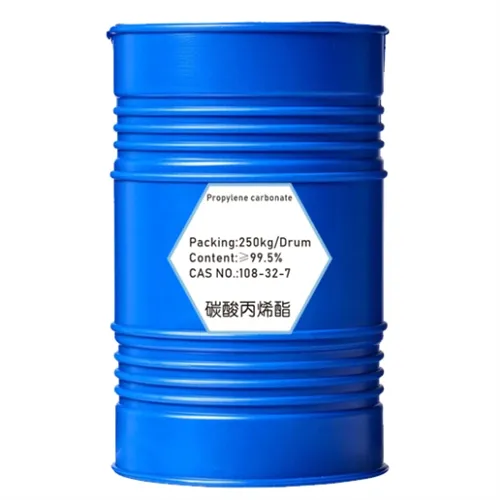 Email: sale@hebeidisha.com
Email: sale@hebeidisha.com
 Tel: +86 13315186550
Tel: +86 13315186550
- Afrikaans
- Albanian
- Amharic
- Arabic
- Armenian
- Azerbaijani
- Basque
- Belarusian
- Bengali
- Bosnian
- Bulgarian
- Catalan
- Cebuano
- China
- China (Taiwan)
- Corsican
- Croatian
- Czech
- Danish
- Dutch
- English
- Esperanto
- Estonian
- Finnish
- French
- Frisian
- Galician
- Georgian
- German
- Greek
- Gujarati
- Haitian Creole
- hausa
- hawaiian
- Hebrew
- Hindi
- Miao
- Hungarian
- Icelandic
- igbo
- Indonesian
- irish
- Italian
- Japanese
- Javanese
- Kannada
- kazakh
- Khmer
- Rwandese
- Korean
- Kurdish
- Kyrgyz
- Lao
- Latin
- Latvian
- Lithuanian
- Luxembourgish
- Macedonian
- Malgashi
- Malay
- Malayalam
- Maltese
- Maori
- Marathi
- Mongolian
- Myanmar
- Nepali
- Norwegian
- Norwegian
- Occitan
- Pashto
- Persian
- Polish
- Portuguese
- Punjabi
- Romanian
- Russian
- Samoan
- Scottish Gaelic
- Serbian
- Sesotho
- Shona
- Sindhi
- Sinhala
- Slovak
- Slovenian
- Somali
- Spanish
- Sundanese
- Swahili
- Swedish
- Tagalog
- Tajik
- Tamil
- Tatar
- Telugu
- Thai
- Turkish
- Turkmen
- Ukrainian
- Urdu
- Uighur
- Uzbek
- Vietnamese
- Welsh
- Bantu
- Yiddish
- Yoruba
- Zulu
Nov . 18, 2024 07:39 Back to list
Comparison of Sucralose and Aspartame in Sweeteners and Health Implications
Sucralose vs. Aspartame A Comparative Analysis
In recent years, the use of artificial sweeteners has surged, with sucralose and aspartame emerging as two of the most widely utilized options in food and beverage products. While both serve the primary purpose of providing sweetness without calories, they have distinct differences that can influence consumer choice.
Chemical Structure and Processing
Sucralose is derived from sucrose (table sugar) and is produced through a multi-step chemical process that involves the chlorination of sugar molecules. This modification makes sucralose approximately 600 times sweeter than sugar while remaining non-caloric. The body does not metabolize sucralose, allowing it to pass through without contributing to energy intake.
Aspartame, on the other hand, is a dipeptide methyl ester made from two amino acids—phenylalanine and aspartic acid. It is about 200 times sweeter than sugar. Unlike sucralose, aspartame is metabolized in the body, providing a small amount of calories, though the amount is negligible when used in typical serving sizes. However, it is important to note that individuals with phenylketonuria (PKU), a rare genetic disorder, must avoid aspartame due to its phenylalanine content.
Taste and Culinary Use
sucralose ou aspartame

When it comes to taste, sucralose is often favored for its sugar-like sweetness and less metallic aftertaste compared to some artificial sweeteners. This characteristic makes it versatile for cooking and baking, as it can withstand high temperatures without losing its sweetness.
Aspartame, while sweet, has received mixed reviews regarding its flavor profile. Some consumers report a lingering aftertaste that may not be as palatable for certain applications. It is typically used in cold beverages and processed foods rather than in baking, as it can break down when exposed to high heat.
Health and Safety
Both sucralose and aspartame have been extensively studied for safety. Regulatory agencies, including the FDA and EFSA, have deemed both sweeteners safe for general consumption. However, some individuals report sensitivities to aspartame, citing headaches and digestive issues. Conversely, sucralose has been criticized for potential impacts on gut microbiota, although research is ongoing.
Conclusion
In conclusion, the choice between sucralose and aspartame largely depends on personal preferences and dietary considerations. While sucralose boasts versatility and a more sugar-like taste, aspartame's caloric content and amino acid makeup may appeal to those seeking a low-calorie option. Whether you prefer one over the other, understanding their differences can help make informed dietary decisions.
Latest news
-
Certifications for Vegetarian and Xanthan Gum Vegetarian
NewsJun.17,2025
-
Sustainability Trends Reshaping the SLES N70 Market
NewsJun.17,2025
-
Propylene Glycol Use in Vaccines: Balancing Function and Perception
NewsJun.17,2025
-
Petroleum Jelly in Skincare: Balancing Benefits and Backlash
NewsJun.17,2025
-
Energy Price Volatility and Ripple Effect on Caprolactam Markets
NewsJun.17,2025
-
Spectroscopic Techniques for Adipic Acid Molecular Weight
NewsJun.17,2025